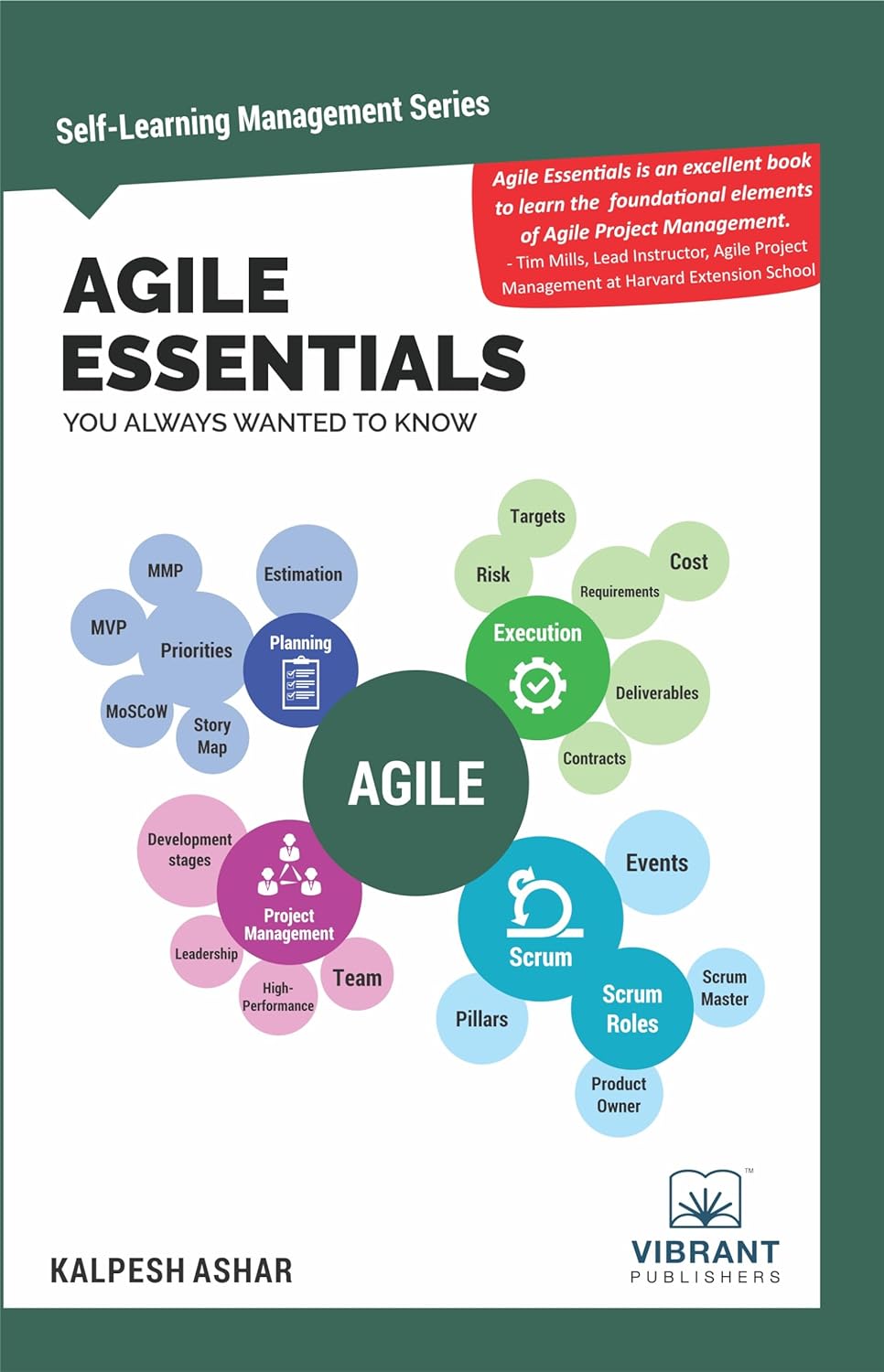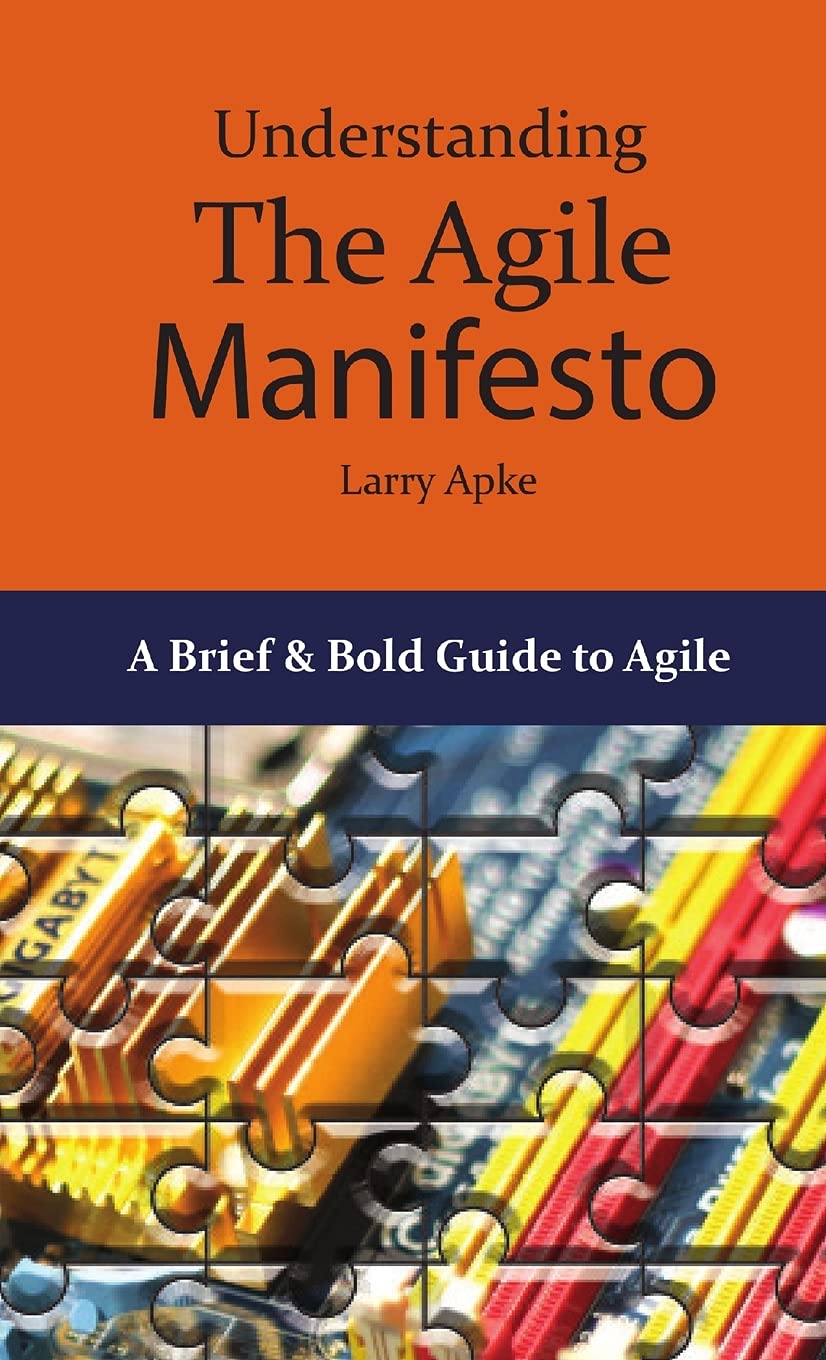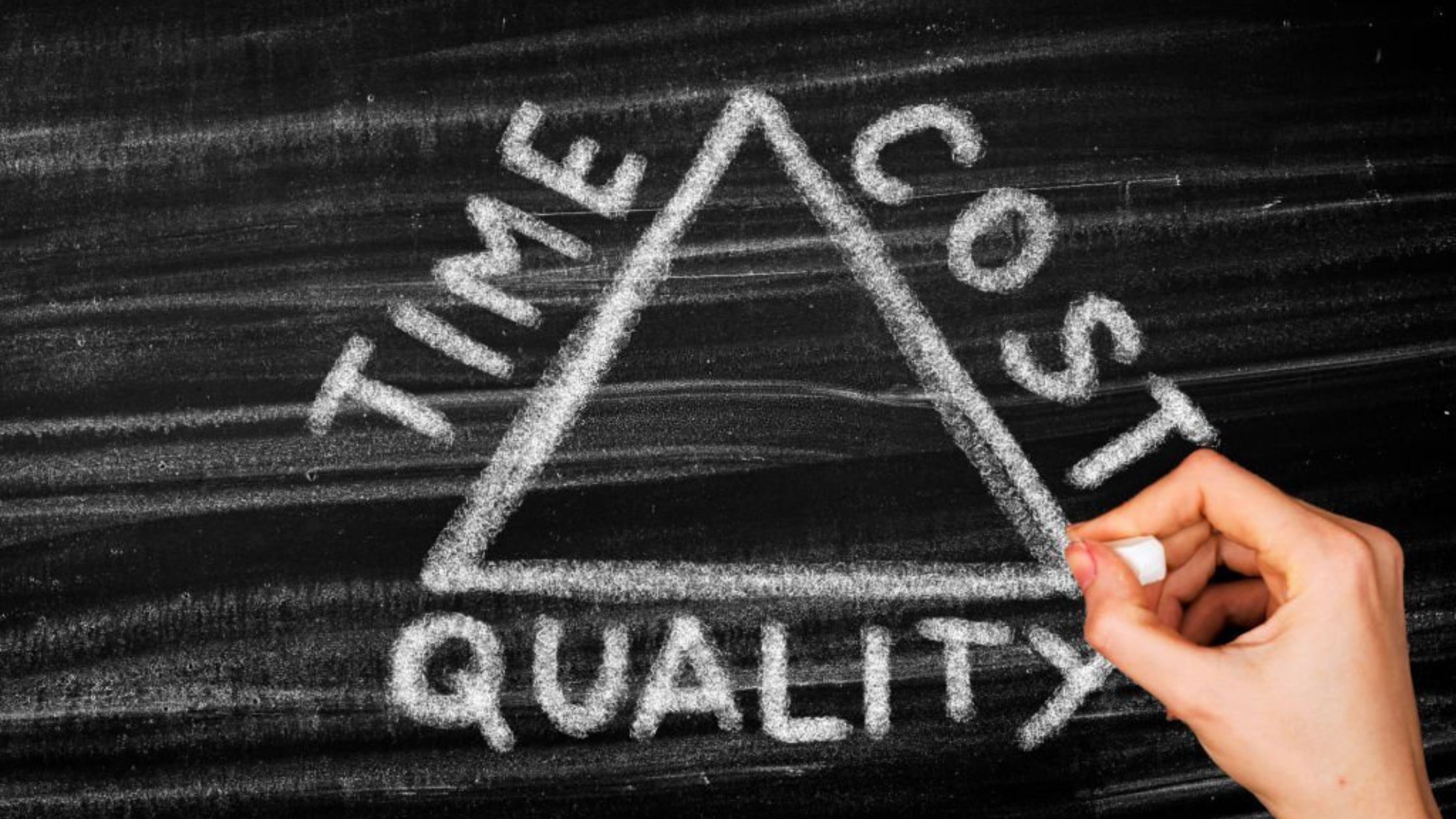
Agile Mindset
What is an Agile Mindset?
An Agile mindset is a way of thinking that supports flexibility, collaboration, and continuous improvement. The Agile Manifesto’s values and principles establish the foundation for an Agile mindset, prioritizing responding to change over following a fixed plan. This mindset encourages teams to deliver value early and often, learn from feedback, and adapt quickly to evolving needs. Rather than focusing solely on tools or methods, it emphasizes behaviours and attitudes that support agility.
The Agile mindset is not limited to software development. It can apply to any team or organization seeking to improve outcomes in fast-changing environments. Teams with this mindset value communication, trust, openness, and shared responsibility. They also accept that change is constant and believe learning comes from both success and failure.
Key Points
- Centres on the values of flexibility, customer focus, and ongoing improvement
- Encourages experimentation, frequent feedback, and adapting to change
- Prioritizes people, interactions, and collaboration over rigid processes
- Views mistakes as opportunities for learning and growth
- Agile mindset applies across many industries, not just technology
Related Terms
- The Agile Manifesto outlines the core values and principles that form the foundation of an Agile mindset.
- Scrum provides a structured framework that supports the mindset through time-boxed events and defined roles.
- Continuous improvement is key to adopting an Agile mindset, as teams regularly reflect and adjust their work.
- Collaboration is essential to the mindset, as Agile teams work closely together to solve problems and deliver value.
- Focusing on customer value ensures that teams align their work with user needs and changing priorities.
Agile Mindset: Example
A marketing team adopts an Agile mindset, breaking large campaigns into smaller, testable pieces. Instead of launching an entire campaign simultaneously, they release smaller segments, gather customer feedback, and make quick adjustments. This approach helps them respond more effectively to changing trends and customer interests than a traditional, fixed campaign plan.
Agile Mindset: Best Practices
- Foster a team culture that values transparency, trust, and open communication.
- Hold regular retrospectives to reflect on what is working and what can be improved.
- Encourage experimentation and accept that failure is part of the learning process.
- Align work with customer needs and remain open to changing priorities.
- Support leadership that models Agile values and empowers teams to make decisions.
Additional Resources
Preparing for a PMI certification?
- Exam Prep Courses: PMP®, CAPM®, and PMI-ACP®
- Exam Simulators: PMP®, CAPM®, PMI-ACP®, PMI-PBA®, PMI-RMP®, PMI-SP®, PgMP®, and PfMP®
- Professional Development Units (PDUs): 15, 30, and 60 PDU Bundles




